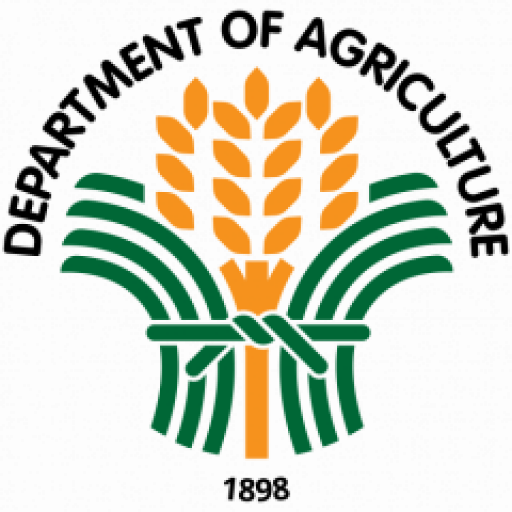Some 22 youths from the three provinces of Central Visayas attended the two-day training on swine and poultry management practices and biosecurity measures on April 10–11, 2025, at a hotel in Cebu City.
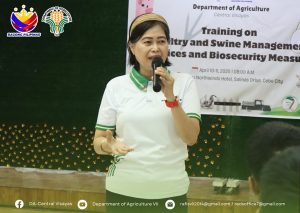
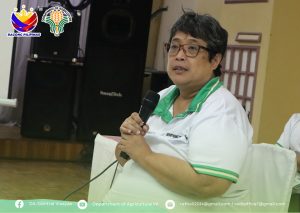
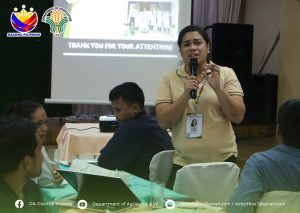

The training, which was conducted by the Department of Agriculture–Central Visayas (DA7), through the Agribusiness and Marketing Assistance Division (AMAD) aimed to equip the youth with knowledge on various agricultural technologies and prepare them of becoming agripreneurs.
Anna Delza Barimbao, chief of AMAD’s Agribusiness Industry Support (AIS) Section, encouraged the youth to participate in agriculture, as they play a vital role. She shared the average age of farmers is 58 years old, hence training was aimed to prepare them to become agri-preneurs.
She shared that there is strong market demand for diversified, integrated crops and livestock enterprises, including poultry and swine.

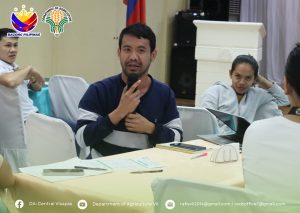
 Eldrie Joseph Gonzales, Livestock Program staff, discussed the key practices in livestock and poultry management, to include the objectives, advantages, and challenges of swine farming and the “Triangle of Success” in livestock production—nutrition, genetics, and management. He also provided an overview of essential biosecurity protocols to help prevent disease outbreaks.
Eldrie Joseph Gonzales, Livestock Program staff, discussed the key practices in livestock and poultry management, to include the objectives, advantages, and challenges of swine farming and the “Triangle of Success” in livestock production—nutrition, genetics, and management. He also provided an overview of essential biosecurity protocols to help prevent disease outbreaks.
Dr. Verna Agriam, Veterinarian, presented the Animal Welfare Act (RA 8485) and the requirements for farm registration. She emphasized that animal welfare covers both the physical and psychological well-being of animals.
“Animal welfare should be observed—not just for the benefit of one, but for the whole community,” she added.
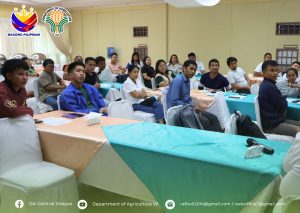
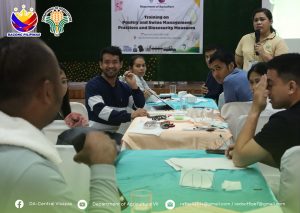
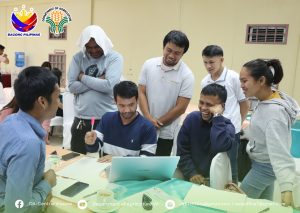
Meanwhile, Shyrra Lara, the Officer-in-Charge of the Regional Feed Chemical Analysis Laboratory (RFCAL) discussed the importance of feed formulation, which accounts for around 70% of production expenses in livestock and poultry farming. Proper feed formulation ensures a balanced nutrition at a minimum cost using appropriate nutrient sources, she said.
In addition, Lara encouraged the participants to prioritize feed safety measures and emphasized the importance of feed formulation. The youth also learned practical methods in feed formulation, including the Pearson Square and the trial-and-error methods.
The youth also shared their experiences and they also raised questions, and exploring solutions related to swine management practices and feed formulation for both swine and poultry.
Other topics for discussions include Biosecurity protocols, Alignment of Good Animal and Husbandry Practices (GAHP) to livestock and poultry production for enterprise development, and animal regulations and protocols.
